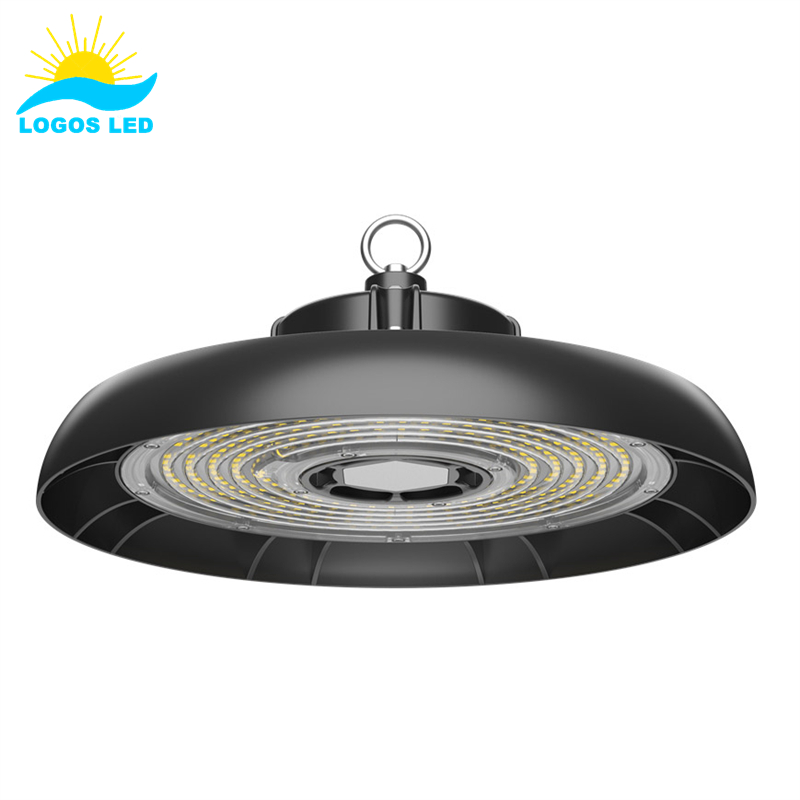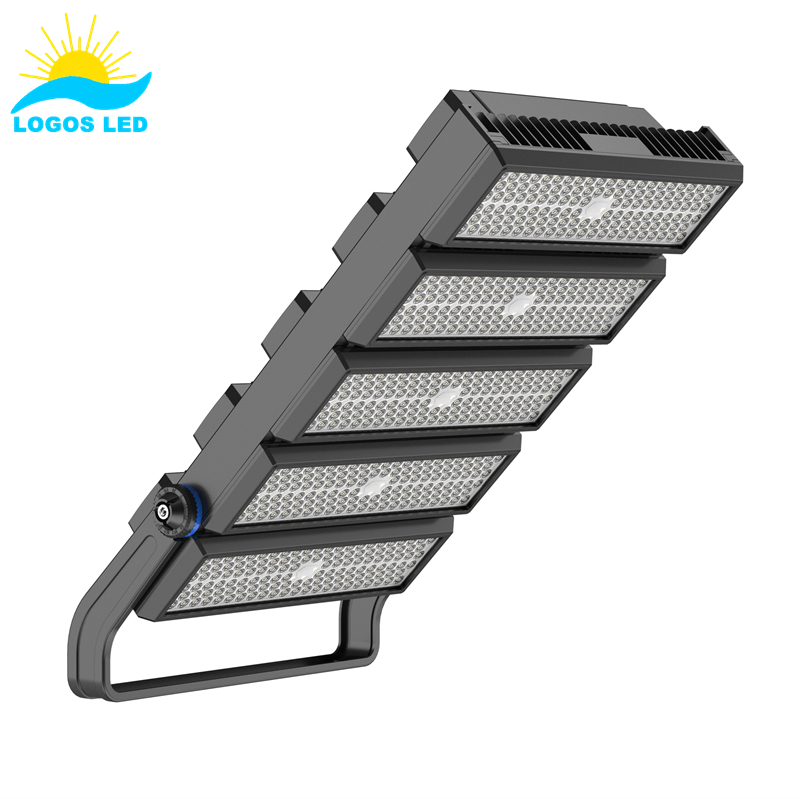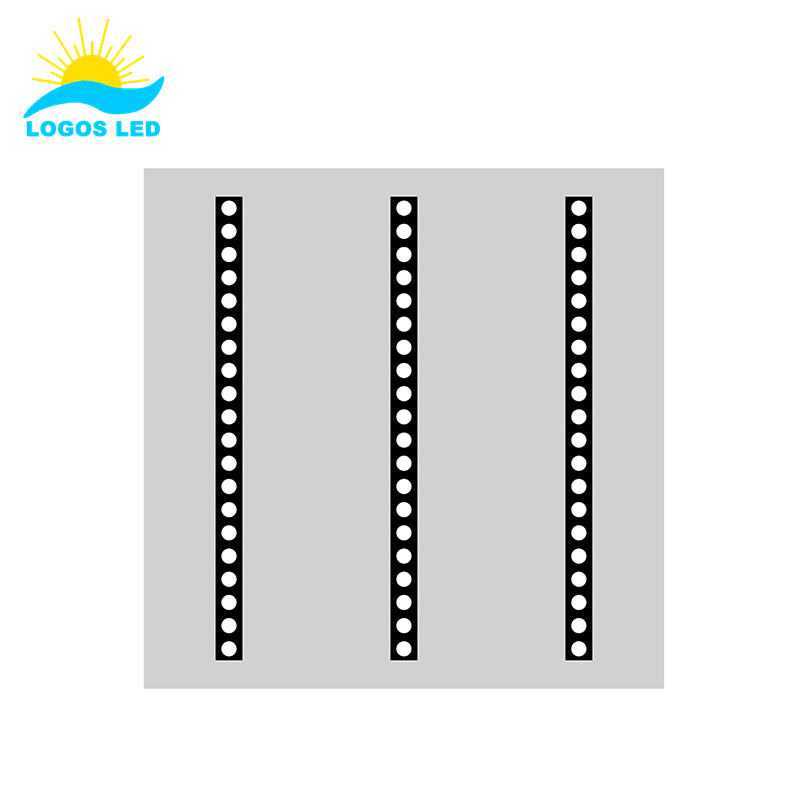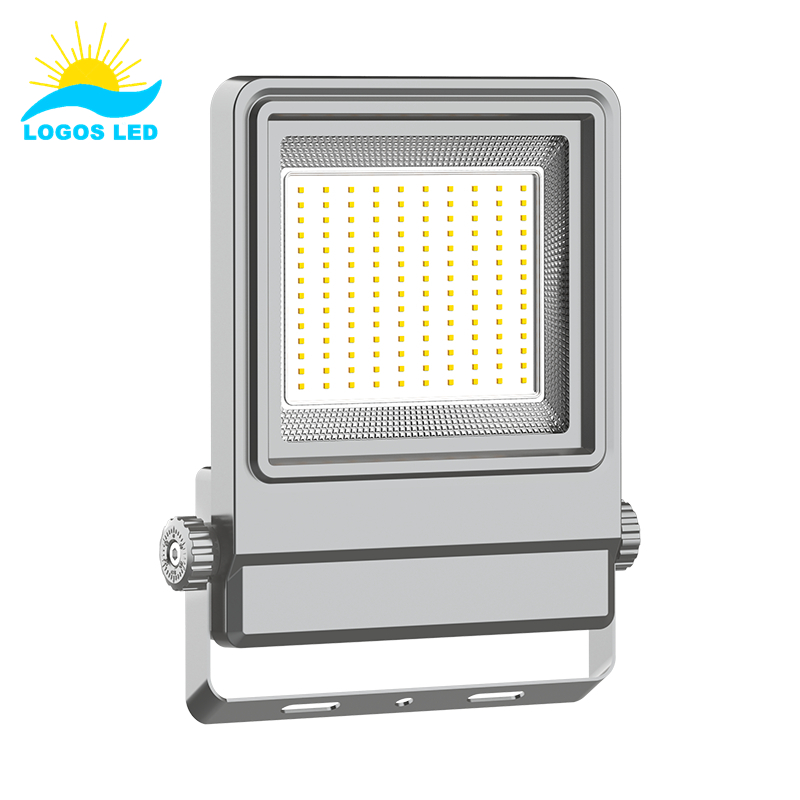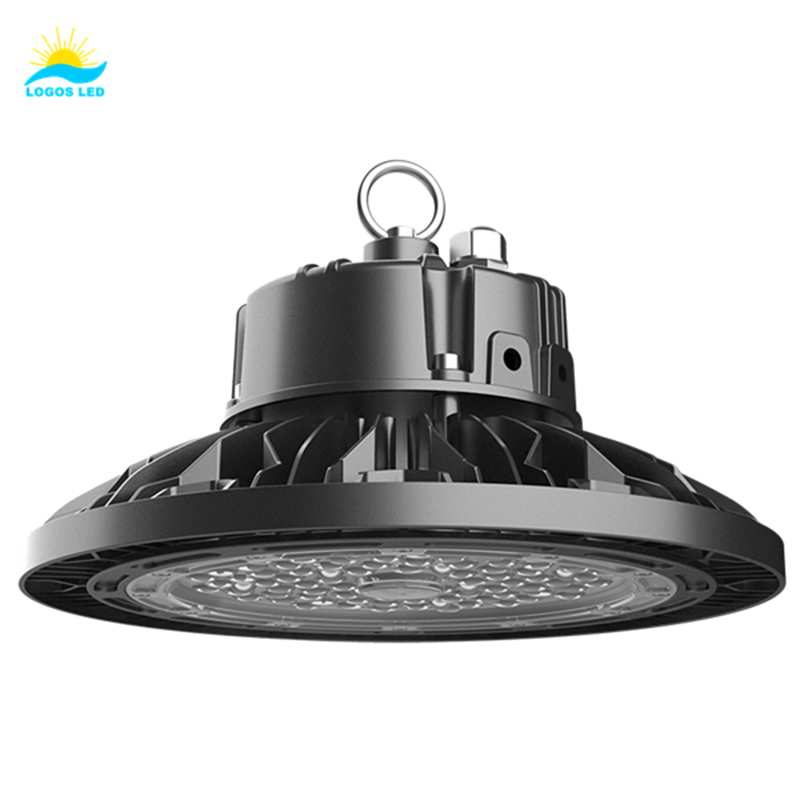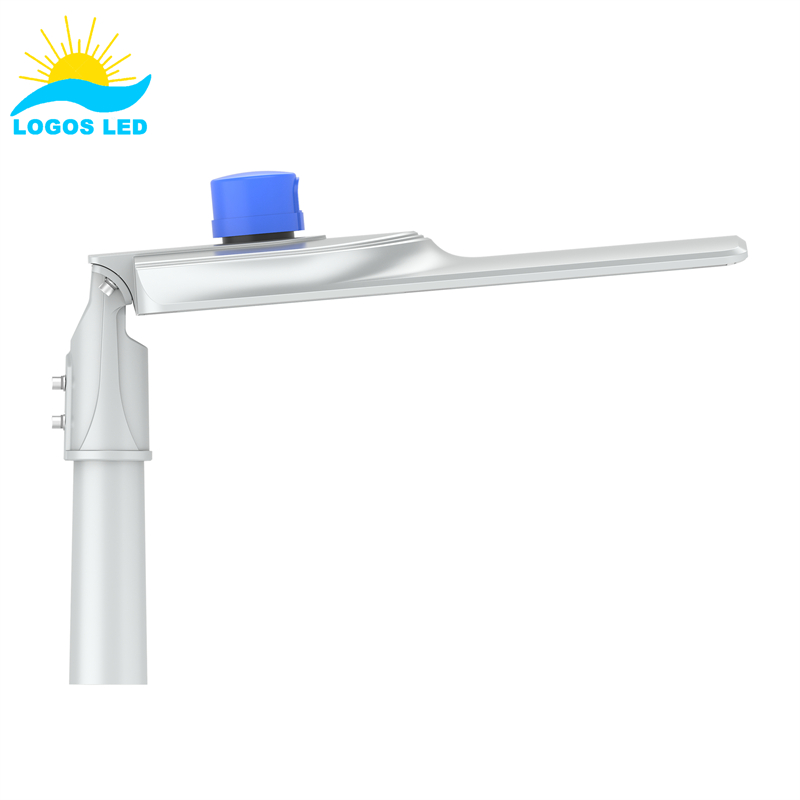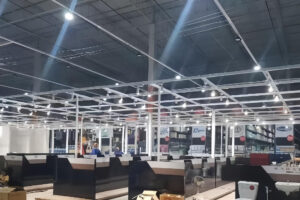High electricity bills and unreliable grid power can leave streets dark and unsafe. These issues can lead to accidents, theft, and increased maintenance costs. But there’s a solution: solar-powered street lights.
Solar-powered street lights harness sunlight through photovoltaic panels, converting it into electrical energy stored in batteries. This energy powers LED lamps at night, providing efficient, off-grid illumination. These systems are eco-friendly, reduce electricity costs, and require minimal maintenance, making them ideal for both urban and rural settings.
Let’s delve deeper into how these innovative lighting solutions function and their benefits.
Table of Contents
How Do LED Solar Lights Work?
LED solar lights use sunlight to power themselves, making them perfect for places without easy access to electricity. Here’s how they work:
Each solar light has a solar panel, battery, LED lamp, and controller. During the daytime, the solar panel collects sunlight and turns it into electricity. This electricity is stored in a rechargeable battery built into the system. At night, the controller notices it’s getting dark and automatically turns on the LED lamp using the stored energy. When the sun rises again, the controller switches the light off and starts the charging process all over again.
This system runs without any need for wiring or outside electricity, which makes solar LED lights ideal for streets, pathways, parking lots, and remote areas. They save energy, reduce electric bills, and work even during power outages.
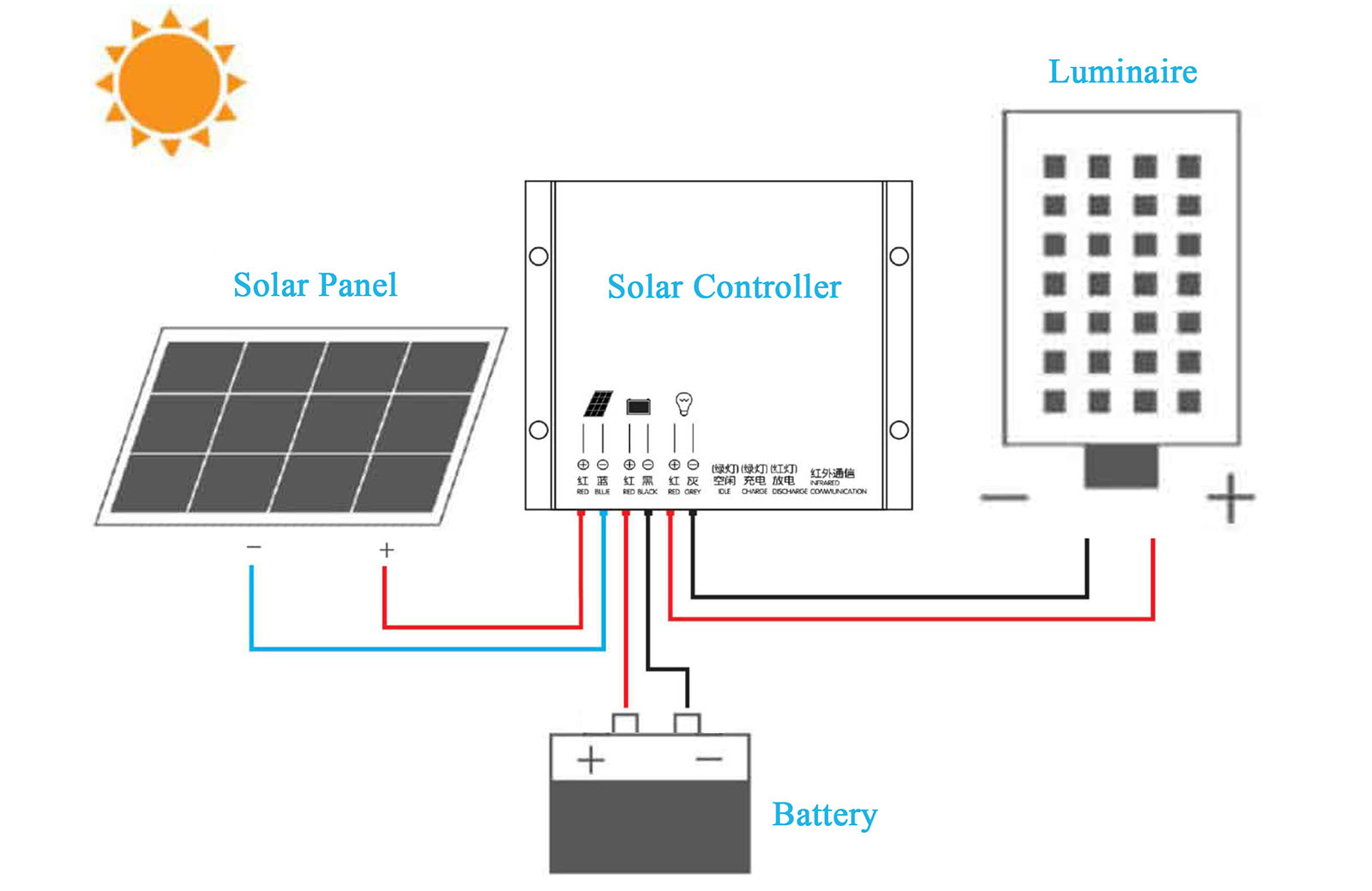
Solar Lighting System
What Are the Advantages of Solar Powered Streetlights?
Solar-powered streetlights offer a range of benefits that make them an excellent choice for modern lighting needs. Here’s a detailed look at their advantages:
Energy Efficiency
Solar streetlights harness renewable energy from the sun, reducing reliance on fossil fuels. This not only conserves energy but also decreases greenhouse gas emissions, contributing to a cleaner environment.
Cost Savings
While the initial investment may be higher, solar streetlights lead to significant long-term savings. They eliminate electricity bills and have lower maintenance costs due to fewer components and longer-lasting LED technology.
Easy Installation
These lights operate independently of the power grid, eliminating the need for complex wiring or trenching. This simplifies the installation process, making it quicker and more cost-effective, especially in remote or undeveloped areas.
Environmental Impact
By utilizing solar energy, these streetlights reduce carbon footprints and minimize light pollution. They contribute to sustainable development goals by promoting clean energy usage.
Reliability
Solar streetlights are designed to operate autonomously, ensuring consistent illumination even during power outages. This makes them particularly useful in areas prone to electricity disruptions.
Low Maintenance
With fewer moving parts and durable components, solar streetlights require minimal maintenance. The use of LED lamps, which have a long lifespan, further reduces the need for frequent replacements.
Enhanced Safety and Security
Consistent and reliable lighting improves visibility on roads and public spaces, enhancing safety for pedestrians and drivers. It also deters criminal activities by illuminating dark areas.
Scalability
Solar streetlighting systems can be easily scaled to meet the needs of different areas, from small pathways to large highways, without the constraints of existing electrical infrastructure.
In summary, solar-powered streetlights provide an energy-efficient, cost-effective, and environmentally friendly solution for public lighting needs. Their ease of installation and reliable performance make them a smart choice for sustainable urban and rural development.
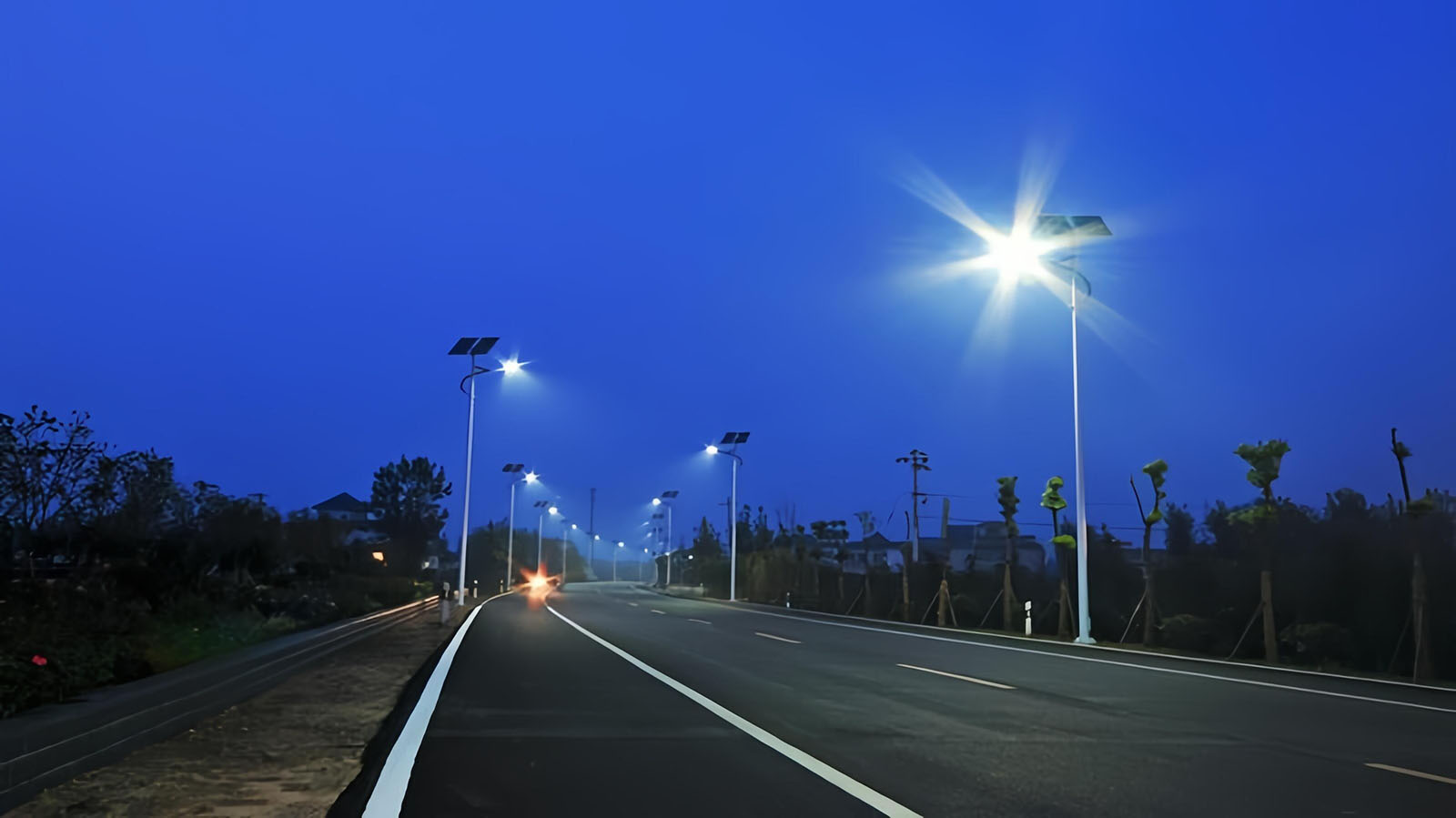
Solar Street Lights on Road
What Are the Disadvantages of Solar Street Lights?
While solar street lights offer numerous benefits, they also come with certain drawbacks that should be considered before implementation:
1. High Initial Investment
The upfront cost of solar street lights is typically higher than traditional lighting systems. This includes expenses for solar panels, batteries, LED fixtures, and installation. Although operational costs are lower over time, the initial financial outlay can be a barrier for some municipalities and organizations.
2. Weather Dependency
Solar street lights rely on sunlight to charge their batteries. In regions with frequent cloudy or rainy days, the efficiency of these lights can decrease, leading to reduced illumination during nighttime. Prolonged periods without sufficient sunlight can impact their performance.
3. Battery Maintenance and Replacement
The batteries used in solar street lights have a limited lifespan, usually between 5 to 7 years. Over time, their capacity to hold a charge diminishes, necessitating replacement. This adds to the maintenance costs and requires regular monitoring to ensure optimal performance.
4. Risk of Theft and Vandalism
In areas without adequate security, solar street lights can be targets for theft or vandalism. Components like solar panels and batteries are valuable and can be stolen or damaged, leading to increased maintenance and replacement costs.
5. Space Requirements for Solar Panels
Solar panels require sufficient space and optimal positioning to capture sunlight effectively. In densely populated or shaded areas, finding suitable locations for installation can be challenging, potentially limiting their applicability.
6. Performance in Extreme Weather Conditions
Extreme weather conditions, such as heavy snowfall or dust storms, can cover solar panels, reducing their efficiency. Regular cleaning and maintenance are necessary to ensure they function correctly, which can increase operational efforts and costs.
Understanding these disadvantages is crucial for effective planning and implementation of solar street lighting systems. By addressing these challenges through proper design, maintenance, and security measures, the benefits of solar street lights can be maximized.
How Much Do Solar-Powered Streetlights Cost?
The cost of solar-powered streetlights varies based on factors like design, power capacity, battery type, and additional features. Here’s a breakdown to help you understand the pricing landscape:
Basic Models
- Power Capacity: 20W to 30W
- Features: Suitable for small areas like pathways or residential streets
- Price Range: $100 – $200 per unit
- Example: A 24W solar street light with an 80W panel and inbuilt battery is priced at approximately $240
Mid-Range Models
- Power Capacity: 40W to 60W
- Features: Ideal for medium-sized areas such as parking lots or community parks
- Price Range: $300 – $500 per unit
High-End Models
- Power Capacity: 80W to 100W+
- Features: Equipped with motion sensors, smart controls, and high-capacity batteries; suitable for highways and large public spaces
- Price Range: $600 – $1,000+ per unit
Custom-Designed Systems
- Features: Tailored to specific project requirements with advanced technologies
- Price Range: $1,200 and above per unit
Additional Costs to Consider
- Installation: Depending on the complexity, installation costs can add to the overall expense.
- Maintenance: While solar streetlights require minimal maintenance, battery replacements every 5-7 years can incur costs.
- Accessories: Poles, mounting brackets, and other accessories may not be included in the base price.
Long-Term Savings
Despite the higher initial investment, solar streetlights offer significant long-term savings by eliminating electricity bills and reducing maintenance costs. Over time, these savings can offset the upfront expenses, making solar streetlights a cost-effective solution for sustainable outdoor lighting.
For more detailed pricing and options, consider visiting reputable suppliers or manufacturers specializing in solar street lighting solutions.
How Long Do Solar-Powered Streetlights Last?
The lifespan of solar street lights depends on component quality:
- LED Lamps: 50,000 to 100,000 hours.
- Batteries: 5 to 7 years, depending on usage and maintenance.
- Solar Panels: 20 to 25 years.
Regular maintenance can extend the overall lifespan of the system.
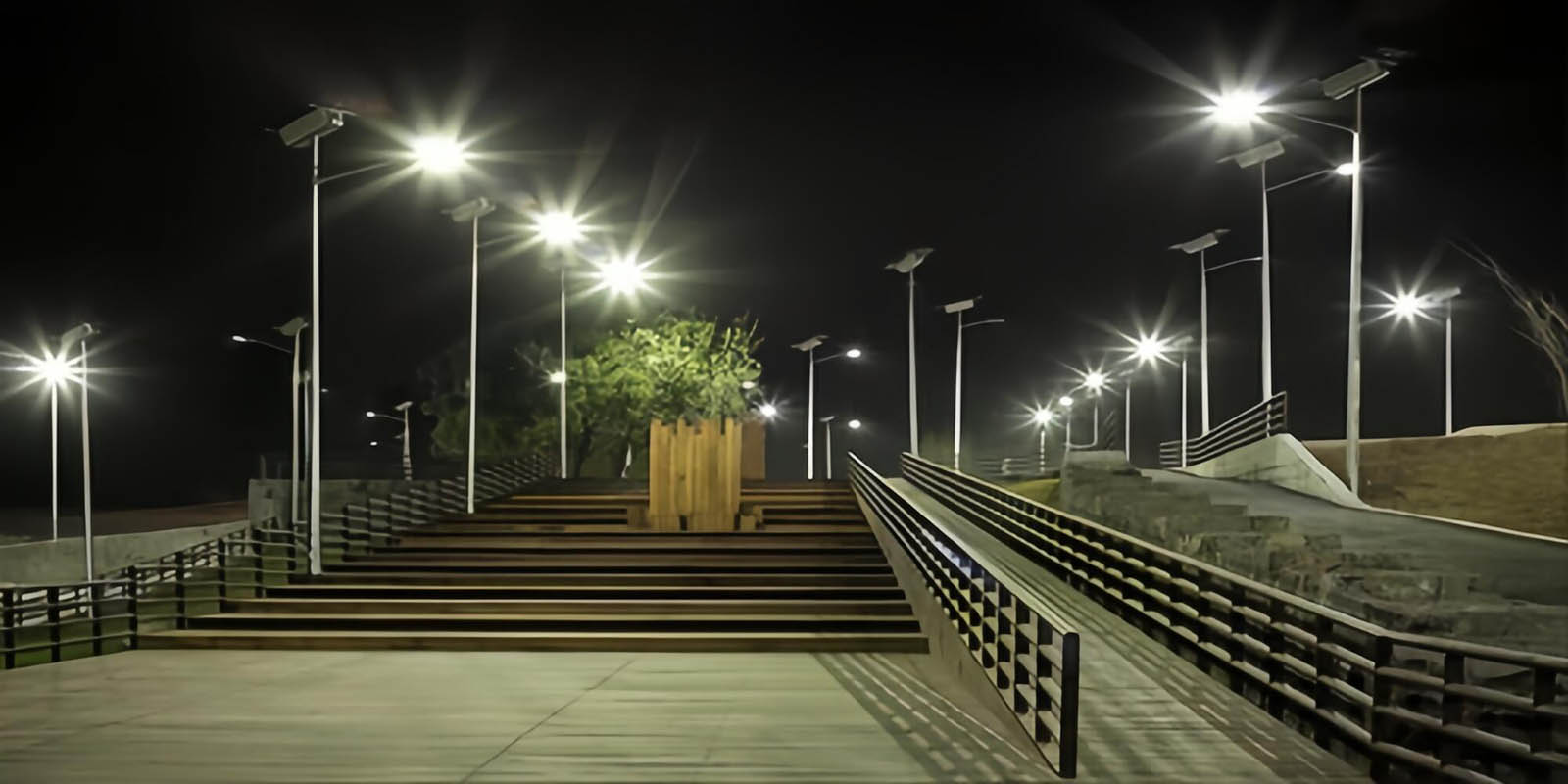
Solar Street Lights Installed in Park
How Bright are Solar Power Street Lights?
Brightness is measured in lumens:
- Residential Areas: 1,000 to 3,000 lumens.
- Commercial Zones: 3,000 to 6,000 lumens.
- Highways and Large Areas: 6,000 to 12,000 lumens.
Selecting the appropriate brightness ensures adequate illumination for specific applications.
Can Solar-powered Streetlights Be Used in All Climates?
Modern solar street lights are designed to function in various climates:
- Cold Regions: Efficient in low temperatures; however, snow accumulation on panels can reduce efficiency.
- Rainy Areas: Waterproof designs prevent damage; extended cloudy periods may affect performance.
- Hot Climates: High temperatures can impact battery life; proper ventilation is essential.
Selecting weather-resistant models ensures reliable operation across different environments.
How Much Sunlight Do Solar Streetlights Need?
Optimal performance requires:
- Direct Sunlight: 6 to 8 hours daily for full battery charge.
- Partial Sunlight: May reduce operational hours at night.
Proper placement away from shade and obstructions maximizes sunlight exposure and efficiency.
How Do I Choose the Best Solar Street Light?
Selecting the right solar street light involves evaluating several key factors to ensure optimal performance and longevity. Here’s a comprehensive guide to help you make an informed decision:
1. Brightness (Lumens Output)
The brightness of a solar street light is measured in lumens. Higher lumens indicate brighter light, which is essential for areas requiring enhanced visibility.
- Residential Areas: 1,000–3,000 lumens
- Urban Streets: 3,000–6,000 lumens
- Highways and Large Areas: 6,000–15,000 lumens
Ensure the light provides adequate illumination for its intended application.
2. Battery Capacity and Type
The battery stores energy collected by the solar panel during the day for use at night. Key considerations include:
- Capacity: Measured in watt-hours (Wh), higher capacity allows for longer lighting durations.
- Type: Lithium-ion and LiFePO₄ batteries are preferred for their longevity and efficiency.
A high-quality battery ensures consistent performance, even during cloudy days.
3. Solar Panel Efficiency
The efficiency of the solar panel determines how effectively it can convert sunlight into electricity.
- Monocrystalline Panels: Higher efficiency and space-saving.
- Polycrystalline Panels: More affordable but slightly less efficient.
Choose panels with at least 20% efficiency for optimal performance.
4. Durability and Weather Resistance
Solar street lights are exposed to various environmental conditions. Ensure they are built to withstand:
- Ingress Protection (IP) Rating: IP65 or higher for dust and water resistance.
- Material Quality: Rust-resistant materials like aluminum or stainless steel.
Durable construction minimizes maintenance and extends the lifespan of the light.
5. Smart Features
Advanced features can enhance the functionality and efficiency of solar street lights:
- Motion Sensors: Adjust brightness based on movement, conserving energy.
- Remote Controls: Allow for easy adjustments and monitoring.
- Dimming Capabilities: Reduce brightness during low-traffic periods.
These features contribute to energy savings and extended battery life.
6. Installation and Maintenance
Consider the ease of installation and the maintenance requirements:
- Integrated Design: Simplifies installation with fewer components.
- Modular Components: Facilitate easy replacement and repairs.
Opt for designs that balance ease of installation with long-term maintenance needs.
7. Warranty and Support
A reliable warranty and customer support reflect the manufacturer’s confidence in their product.
- Warranty Period: Look for warranties of at least 3–5 years.
- Customer Support: Ensure accessible and responsive support for troubleshooting and inquiries.
A strong warranty and support system provide peace of mind and protection for your investment.
By carefully evaluating these factors, you can select a solar street light that meets your specific needs and ensures reliable, long-term performance.
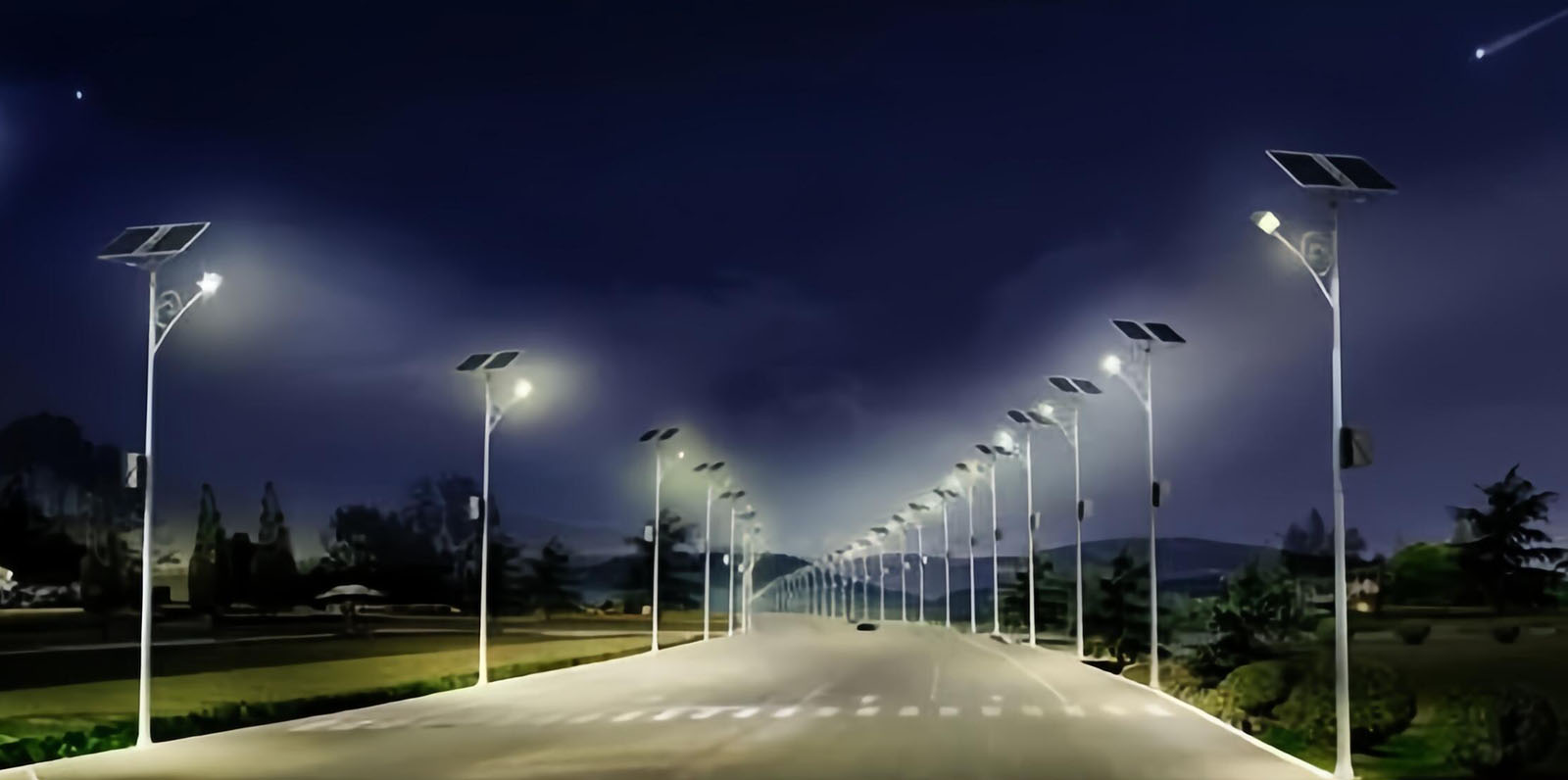
Solar Street Lights on High way
Conclusion
Solar-powered street lights offer a sustainable, cost-effective, and reliable lighting solution. By understanding their operation, benefits, and limitations, you can make informed decisions for your lighting projects.
For more information or assistance in selecting the right solar street lighting solutions, feel free to contact us at Logos Lighting.
Request A Free Quote Now!
Send us a message if you have any questions or request a quote. We will get back to you ASAP!



